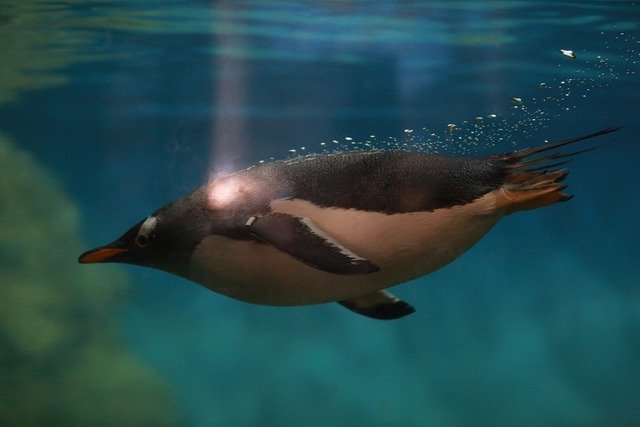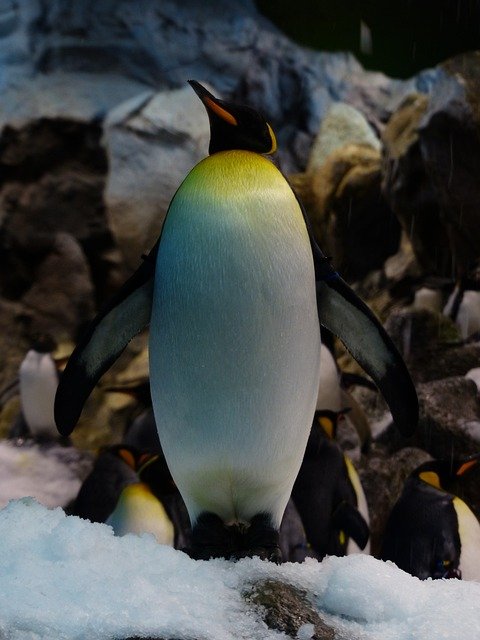
The Adaptations of Penguins: Masters of the Cold
Penguins are fascinating creatures that have captured the hearts of many with their unique appearance and charming behaviors. These flightless birds are primarily found in the Southern Hemisphere, particularly in Antarctica and surrounding islands. Their remarkable adaptations to cold environments make them masters of survival in some of the harshest climates on Earth. In this post, we will explore the various adaptations that enable penguins to thrive in icy waters and frigid temperatures.
1. Insulating Feathers
One of the most critical adaptations of penguins is their specialized feathers. Penguins have a layer of dense, waterproof feathers that trap air and provide insulation against the cold. This unique feather structure helps them maintain their body temperature even in freezing waters. Additionally, penguins undergo a molting process, where they shed old feathers and grow new ones, ensuring that their insulating layer remains effective.
2. Blubber Layer
Beneath their skin, penguins possess a thick layer of blubber that serves as an extra insulation barrier. This fat layer not only helps to retain body heat but also provides energy reserves during times when food is scarce. The combination of blubber and feathers enables penguins to maintain their body temperature in icy waters, where temperatures can drop well below freezing.
3. Streamlined Bodies
Penguins are built for efficiency in the water. Their streamlined bodies reduce drag, allowing them to swim with ease and speed. This adaptation is crucial for escaping predators and catching prey, such as fish and krill. Their strong flippers, which are adapted for swimming rather than flying, provide powerful propulsion, enabling them to dive to impressive depths in search of food.
4. Social Behavior and Huddling
To combat the extreme cold, penguins exhibit strong social behaviors. Many species engage in huddling, where they gather in large groups to conserve heat. By taking turns being on the outside of the huddle, individual penguins can protect themselves from the biting winds and freezing temperatures. This communal behavior not only helps with warmth but also fosters social bonds within colonies.
5. Unique Breeding Strategies
Penguins have adapted their breeding strategies to survive in cold environments. For instance, Emperor Penguins are known for their unique breeding cycle, where males incubate the eggs on their feet, covered by a flap of skin, while the females go to sea to feed. This adaptation ensures that the eggs remain warm even in the harshest conditions, allowing for successful hatching and rearing of chicks.
6. Countercurrent Heat Exchange
Penguins have a specialized circulatory system that employs a countercurrent heat exchange mechanism in their flippers and feet. This adaptation allows warm blood flowing from the body to heat the cooler blood returning from the extremities, minimizing heat loss. This efficient system helps them maintain their core temperature while navigating icy waters.
Conclusion
Penguins are remarkable examples of evolutionary adaptation, showcasing a variety of features that enable them to thrive in cold environments. From their insulating feathers and blubber to their social behaviors and unique breeding strategies, these birds have developed a suite of adaptations that make them true masters of the cold. As climate change continues to impact their habitats, understanding these adaptations is crucial for the conservation of penguin species around the world.
By appreciating the incredible adaptations of penguins, we can better understand the importance of protecting these resilient birds and their icy homes.
